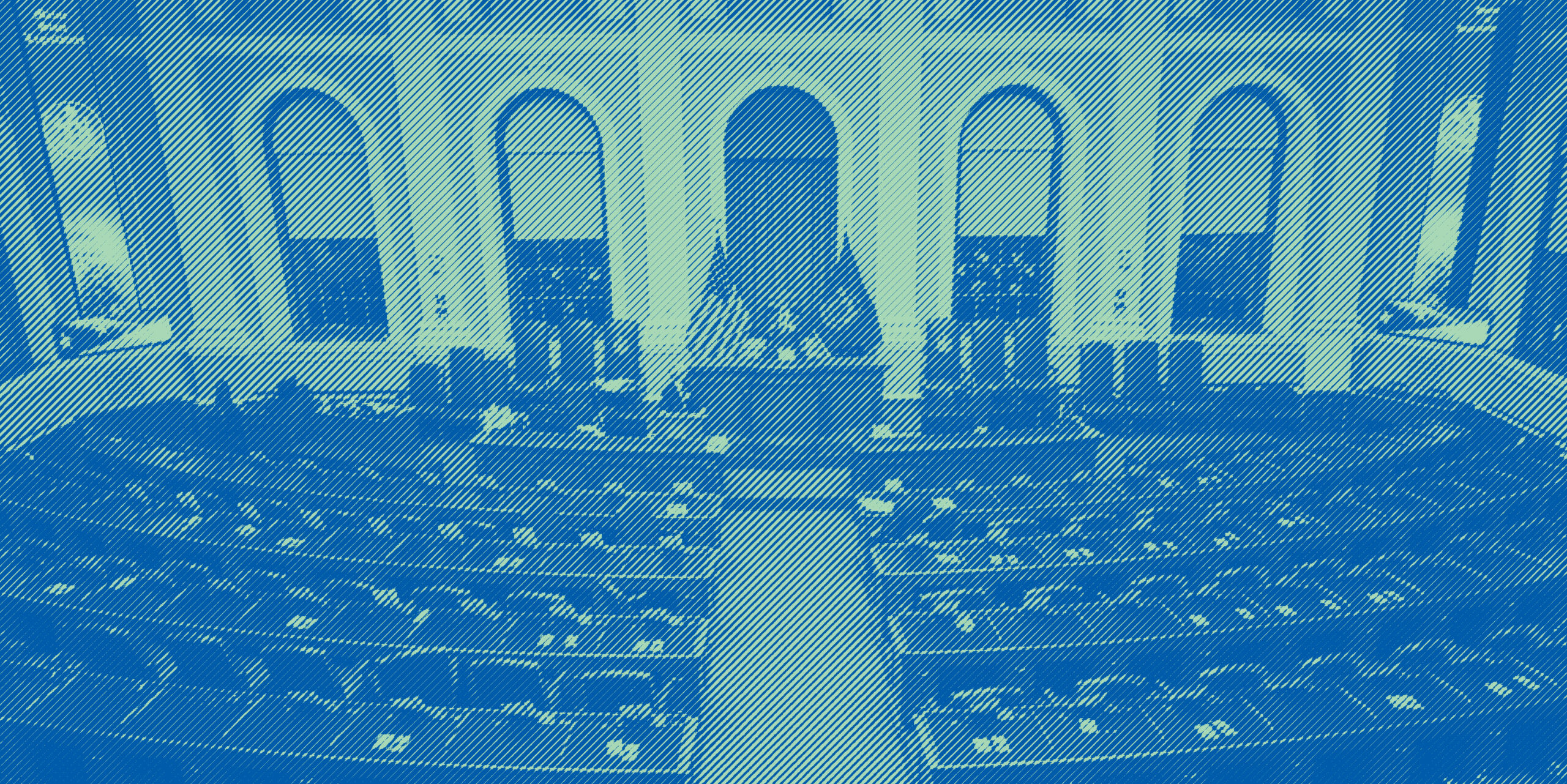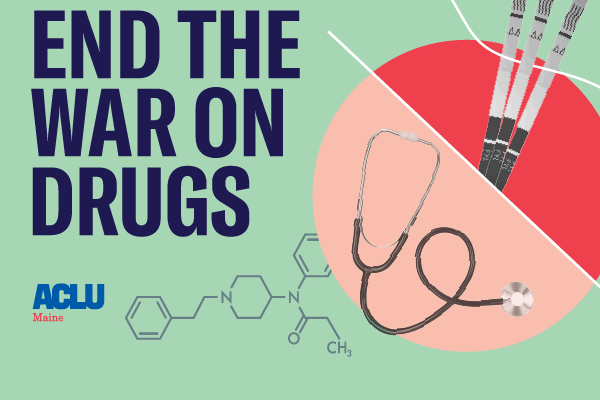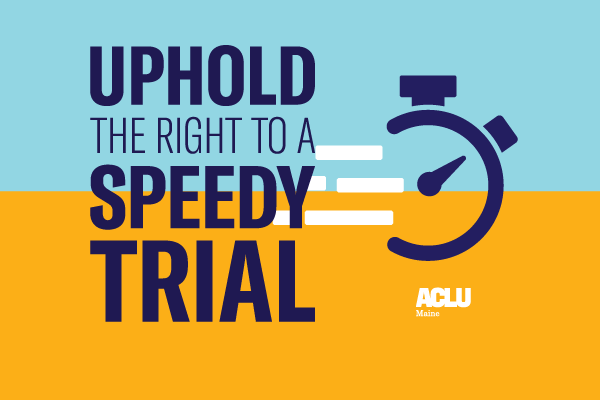The Maine State Legislature: What You Need to Know
The legislative process in Maine involves several key stages, beginning with the development of an idea for a new law.
Skip to: The Maine State Legislature, The Legislative Session, How a Bill Becomes a Law, Helpful Terms.

What is the Maine State Legislature?
The Maine State Legislature writes and passes bills that the governor can either sign into law, allow to become law without their signature, or veto. The legislative branch can also perform other functions, such as confirming judicial appointments, investigating state agencies, impeaching state officials, proposing constitutional amendments, and more.
The House and the Senate
The legislature is made up of the House of Representatives and the Senate. There are 151 representatives and 35 senators. Members of both chambers are elected for two-year terms and are limited to four consecutive terms in the same position. Once a person reaches their term limit, they can run for a seat in the other chamber or sit out for at least one election cycle and then run again.
Committees
Bills are considered by committees based on their subject matter. Committees hold public hearings so lawmakers can hear testimony from constituents, subject area experts, advocacy groups, and more. They also hold work sessions to make recommendations about bills before they can be considered by the full legislature. After committees vote during a work session, they send a report to the full legislature informing them of the committee's belief that a bill should pass, should pass with amendments, should be redrafted, should not pass, or should be referred to a different committee.
Maine legislators
Maine has a part-time citizen legislature with members from diverse backgrounds and communities. While the legislative sessions do not last the entire year, members serve year-round, representing and meeting with constituents, studying new ideas, and preparing legislation to be considered in the next year.

What is the Legislative Session?
Legislative sessions in Maine follow a structured process, involving multiple steps and key timelines. The Maine State Legislature operates on a biennial schedule, meaning each legislative session lasts two years. The 132nd Legislature started on December 4th, 2024.
The legislative process is divided into two regular sessions during each two-year cycle. The two-year cycle begins when the legislature convenes at the start of an odd-numbered year. The legislative session that occurs during the odd-numbered year is called the First Regular Session. The legislative session that happens in the second year is called the Second Regular Session.
The first session covers a broad range of topics because there are no formal limitations on the bills that may be submitted. The second session is limited by the Maine State Constitution to budgetary matters, the governor's legislation, emergency legislation approved by the Legislative Council, legislation resulting from authorized studies, and legislation initiated by direct initiative petition of the electors.
In addition to regular sessions, the governor or a two-thirds majority of both chambers can call for a special session to address specific issues. Special sessions are typically limited in scope.

How a Bill Becomes a Law
Bills must go through many steps before they make it to the governor's desk.
1. Idea developed
A legislator must first choose to sponsor a bill. This sometimes comes at the suggestion of a constituent, interest group, public official, or the governor.
2. Bill drafting
The legislator sponsoring the legislation works with non-partisan staff to draft the bill. Once a request is made to draft legislation, it is assigned a Legislative Request (LR) number. During the drafting process, the legislator sponsoring the bill works with the Revisor's Office, Office of Policy and Legal Analysis, and Office of Fiscal and Program Review. The drafting stage is also when other legislators can sign on as co-sponsors of the legislation to help garner and show support for the bill.
3. Bill introduction
Once a draft is complete, the bill is given to the Clerk of the House of Representatives or the Secretary of the Senate, depending on whether the bill sponsor is a representative or a senator. At this stage, the bill becomes a Legislative Document (LD) and is assigned a number.
4. Committee assignment
The clerk and secretary recommend which committee should consider the bill. If they disagree, they refer the assignment to the President of the Senate and the Speaker of the House. If the Speaker and President fail to reach an agreement, the matter is settled by the Legislative Council. Both chambers must agree on committee assignment because most legislative committees in Maine are Joint Standing Committees composed of members from both the House and the Senate.
Each committee considers bills in different subject areas. For instance, the Joint Standing Committee on Veterans and Legal Affairs may consider legislation affecting election processes, while the Joint Standing Committee on Health and Human Services may consider legislation to increase funding for substance use disorder treatment.
5. Committee reference
Once a bill is assigned, it is placed on the calendar in the House or the Senate, depending on whether the bill sponsor is a representative or a senator. The chamber considering the bill will vote to approve its committee assignment or refer it to another committee. The other chamber then votes on the same matter. This is typically a formality that is settled quickly. If the House and the Senate do not reach an agreement, that piece of legislation cannot go any further in the process.
6. Committee action
The chairs of a committee schedule its meetings. When considering legislation, they first conduct a public hearing. This is an opportunity for people, experts, and advocacy groups to share what they think about a bill.
After conducting a public hearing, the committee will hold a work session. During work sessions, lawmakers discuss bills, and can call on subject matter experts and other lawmakers to answer questions. Committee members vote on the bill during the work session.
7. Floor consideration
Bills are considered by the full House and Senate after the committee votes during a work session. Even if a majority of the committee opposes a bill, it must still be considered by the full legislature. This allows all legislators to consider, debate, and vote on the matter.
- "Ought to pass" or "ought to pass as amended": If a committee has voted unanimously that a bill should pass, it is typically added to a "consent calendar" and moved relatively quickly through the full House and Senate. Items on the consent calendar are adopted unless a lawmaker objects.
- "Ought not to pass": If a committee has voted unanimously that a bill should not pass, the committee chairs share this with the House and Senate and the bill is placed in the legislative file. No further action can happen on that bill unless two-thirds of each chamber vote to recall the bill.
- Divided report: When committees are divided over a bill, the House and Senate typically take a roll call vote. This means each member records a "yes" or "no" vote for that bill.
If a bill passes the House and Senate and there are differences between each chamber's versions of the bill, a conference committee may be appointed to resolve them. Once a bill has completed all steps in both chambers, it is enacted and sent to the governor.
8. Action by the governor
The governor can sign a bill into law, veto it, or let it become law without their signature. The governor has ten days to sign or veto a bill once they receive it.
Signing a bill into law: If the governor supports a bill, they can simply sign it into law.
Vetoes and veto overrides: The governor can veto a bill, declining to sign it into law and returning it to the legislature with a "veto message" explaining their opposition. If the governor vetoes a bill and the legislature is still in session, lawmakers can override the veto with a two-thirds vote in both chambers. (In Maine, a veto override requires a two-thirds majority of all members voting and present, not two-thirds of all elected members. If some members are absent, a veto override could be done with less than two-thirds of all members.)
Allowing a bill to become law without a signature: The governor can allow a bill to become law without their signature. If the governor does not sign the bill and the legislature is still in session during the 10-day period, the bill becomes law once ten days have passed. This is often done for two political purposes. First, a governor may disagree with the legislation but also know the legislature will override their veto. Going through this process could be seen as causing tension between the legislature and the governor and/or embarrassing to the governor. Second, the governor may oppose legislation but also want to avoid signaling their full opposition if they know it is popular. Letting a bill become law without their signature allows the governor to avoid openly supporting a bill they dislike or opposing one their voters support.
Pocket veto: If the legislature adjourns for the year during the 10-day period and the governor does not sign the bill, it does not become law. This is called a "pocket veto."
9. A new law
If a bill completes all steps to become a law, it will take effect 90 days after the end of the legislative session in which it was passed. A bill can become law immediately if two-thirds of the legislature vote to declare that an emergency exists. An emergency law takes effect on the date the governor signs it unless otherwise specified in its text.
Related Content

Addressing Maine's Deadly Overdose Epidemic with a Public Health Response

